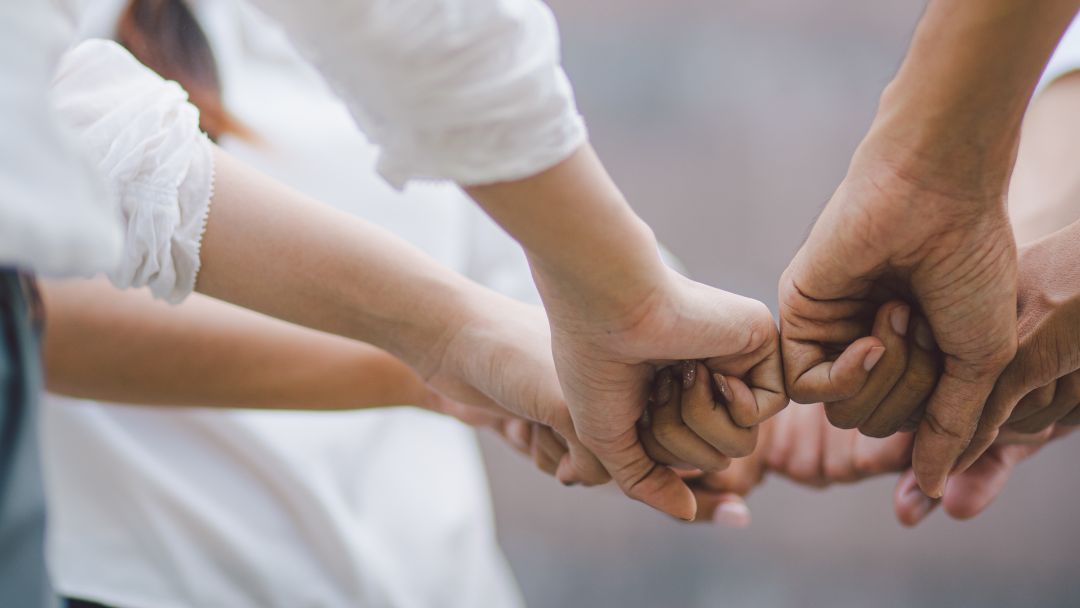How Collaboration is Enhancing Competition in (most) School Sport

Since sports fixtures between schools first emerged, in the 19th century, considerable significance has been attached to the results. They have often been seen as a barometer of a school’s success, and the contests between marquee athletes who “represent” the school given considerable attention. Such competitions survived the contrary influences of Pierre de Coubertin’s conviction that “the most important thing … is not winning, but taking part”, and the anti-competition lobby of the 1980s.
In the 21st century however, many schools have come to recognise that a successful sports programme does more than produce teams that finish games with more goals than their opponents. And that performance and participation do not have to be binary alternatives. The success criteria can be plural.
Another realisation is that retaining pupils within sport, in the face of ever-greater choice, is – ultimately - the greatest challenge for schools. It is important to ensure that traditional games retain an appeal to a critical mass of pupils, and that meaningful alternatives encourage all children to develop habits of activity that they take into adult life. It is beyond dispute that the quality of the school experience is the biggest factor in determining this.
Central to this is a recognition that competition is improved by competitiveness. That contests where the outcome is uncertain, where players are free from adult-imposed performance pressure, and the tone of the occasion is positive, produce the conditions for great games. More than any other time in history, schools are recognising that both sides benefit when the experience is positive. They are collaborating to ensure that more games meet the criteria of being competitive; the quality of the experience has been elevated to sit alongside the result. It is a subtle, but important, shift from a zero sum contest to a positive sum game.
Collaborations take a variety of forms. They start with communications between schools before the event to match playing standards, creative formats to reduce emphasis on scores and a shift away from publishing results at younger ages. Restrictions on maximum scores. There are also within-game strategies to avert the enemy of school sport – the one sided encounter. Changing positions, removing the best players, artificial constraints and sympathetic officiating all enhance the likelihood of a positive experience. There is a more general recognition than ever before that a heavy scoreline is not the proxy of school superiority, but a failure on behalf of the teachers involved.
Collaborating to improve competitiveness is not the same as rejecting competition. It is the act of manipulating the experience. Using competition to pursue the bigger goals of retention and active lifestyles by producing high quality occasions. Allowing participants to benefit physically, psychologically and socially. And that requires close, exciting contests with an experience of both winning and losing.
School sport is not a single entity. It is different things to different children, and at different playing standards and ages. National competitions produce adult-like contests, which require no manipulation, and appeal to the pupils who are driven and committed. They are the flagship of school sport, and often produce spectacular, long-remembered occasions. But they only impact upon a small number of pupils. The challenge is to add other experiences to this, which are appropriate to different types of children.
Of course, not all schools and teachers embrace collaboration. Some are still driven by the conviction that the number of goals is all that matters, and the more the better. Or the delusion that winning matches between 11 year olds is vital for the school’s business case. And that it is worth the referee cheating to achieve it. However, these constituencies are in an increasing minority; everyone knows who they are, and no-one wants to be like them.
The choice is not collaboration or competition. It is the creative combination of the two that enhances the quality of school sport. And a recognition that education has moved on since the Victorians.